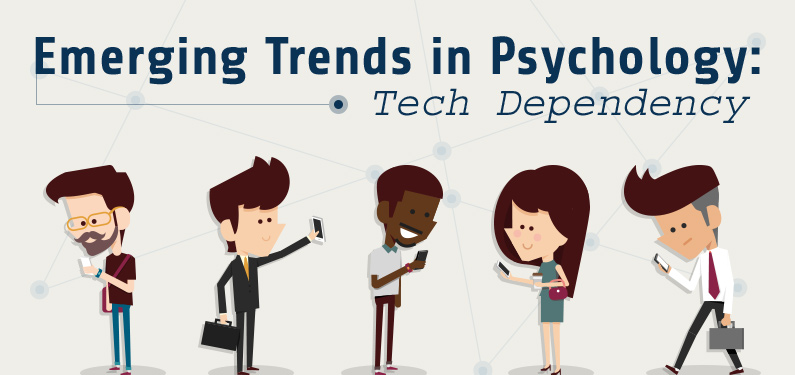We have al heard about autonomous driving: driving a car without human input. Although this new technology is not yet directly visible on the public road, autonomous vehicles are the future of transportation. The government is already preparing for main changes in the current infrastructure to make autonomous driving possible on large scale in urban areas. And many vehicle manufacturers are focussing more and more on development of this technology. But how close are we actually to fully autonomous driving?
The most well-known manufacturer in this industry is probably Tesla. A few days ago, Tesla announced it provides all new models with hardware that enables fully autonomous driving (AD, 2016). Although the new functions are not yet available to customers, the integrated hardware makes it possible to update the vehicle to a fully autonomous car. After several further tests Tesla plans to make the update available to anyone who has bought one.
Despite this good news about the speed of innovations in autonomous driving, fully autonomous driving seems a little further away. RDW announced the term ‘Autopilot’ used by Tesla is misleading (Trouw, 2016). Fully autonomous driving is not yet available on the market; the driver always has to keep his hands on the wheel and pay attention to the surrounding traffic. Although the technology enables autonomous driving, fully autonomous driving software is not allowed yet. In addition, when the driver lets go of the driving wheel for too long, the system will power off automatically.
In conclusion, although fully autonomous driving is not yet available, vehicle manufacturers are fairly advanced in the development of certain systems. Making it possible to fully rely on this technology while driving may take some time, but it is developing rapidly and within a few years the proportion of vehicles with this technology will further be increased.
AD. (2016). Retrieved from: http://www.ad.nl/auto/alle-nieuwe-tesla-s-kunnen-zelfstandig-rijden~a06e14a8/.
Trouw. (2016). Retrieved from: http://www.trouw.nl/tr/nl/39681/nbsp/article/detail/4397451/2016/10/17/RDWvindt-Autopilot-van-Tesla-misleidende-term.dhtml.


